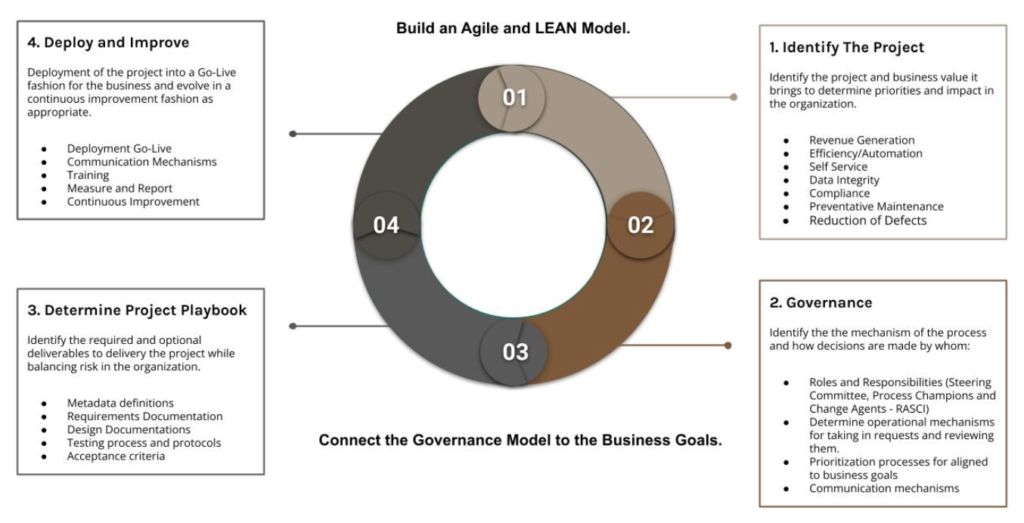Author: Randy Jasinski & Ed Burke
As markets shift and recessionary fears loom, it becomes critical that resources are invested in the most impactful projects. A project return on investment (ROI) analysis should be performed to make these decisions. When preparing this analysis, a good way to gather and present this is by showing value through the following dimensions:
Quantitative Analysis:
- Margin Expansion: Does the project increase revenue or improve product margin? These activities are above-the-line costs (all costs above the gross profit). One example of this is additional sales uplift post-implementation of a CRM solution.
- Cost Reduction: Will costs be reduced as a result of this project? For example, will other product license costs be eliminated, will staff become redundant, or will it reduce logistics costs? Taking time to answer these questions is important to do as part of your analysis.
- Cost Avoidance: This is often one of the most difficult costs to quantify and build consensus, but is very important to capture. If a process is inefficient, it will likely result in the need to add resources to scale the business to achieve revenue objectives. A project may deliver efficiencies that will reduce the need to add resources or other costs to scale. Oftentimes projects highlight the efficiency gains that will be achieved, but many forget to quantify the costs that can be avoided as a result of this efficiency.
One pitfall that is often overlooked when calculating an ROI is the full cost of implementation including computing technology, and follow-up support. These should be considered in addition to license costs and ongoing support and should include internal resources and/or staff augmentation costs required to support the project, and cloud computing or cloud storage costs if not already included in the product.
Qualitative Analysis:
Although often not directly related to the project ROI in the form of margin improvement or costs, a project should articulate the benefits of higher data quality, improved internal controls, data integrity, and improved data redundancy.
One approach is through the use of a data Governance Model that reflects how strategic objectives are met by connecting the model to business goals. See the below as an outline to use as a template:

Building an Agile and LEAN model based on the steps above is an easy and valuable tool to guide the process and conversations needed to audit each of these components as they currently stand in your business to help uncover gaps. This discovery of information becomes a foundation for creating a solid plan and to influence decision-making to ensure your company is moving forward with the projects that bring the most ROI.
At the end of the day, it is critical to the success of your organization that your resources are invested in the most impactful projects.
